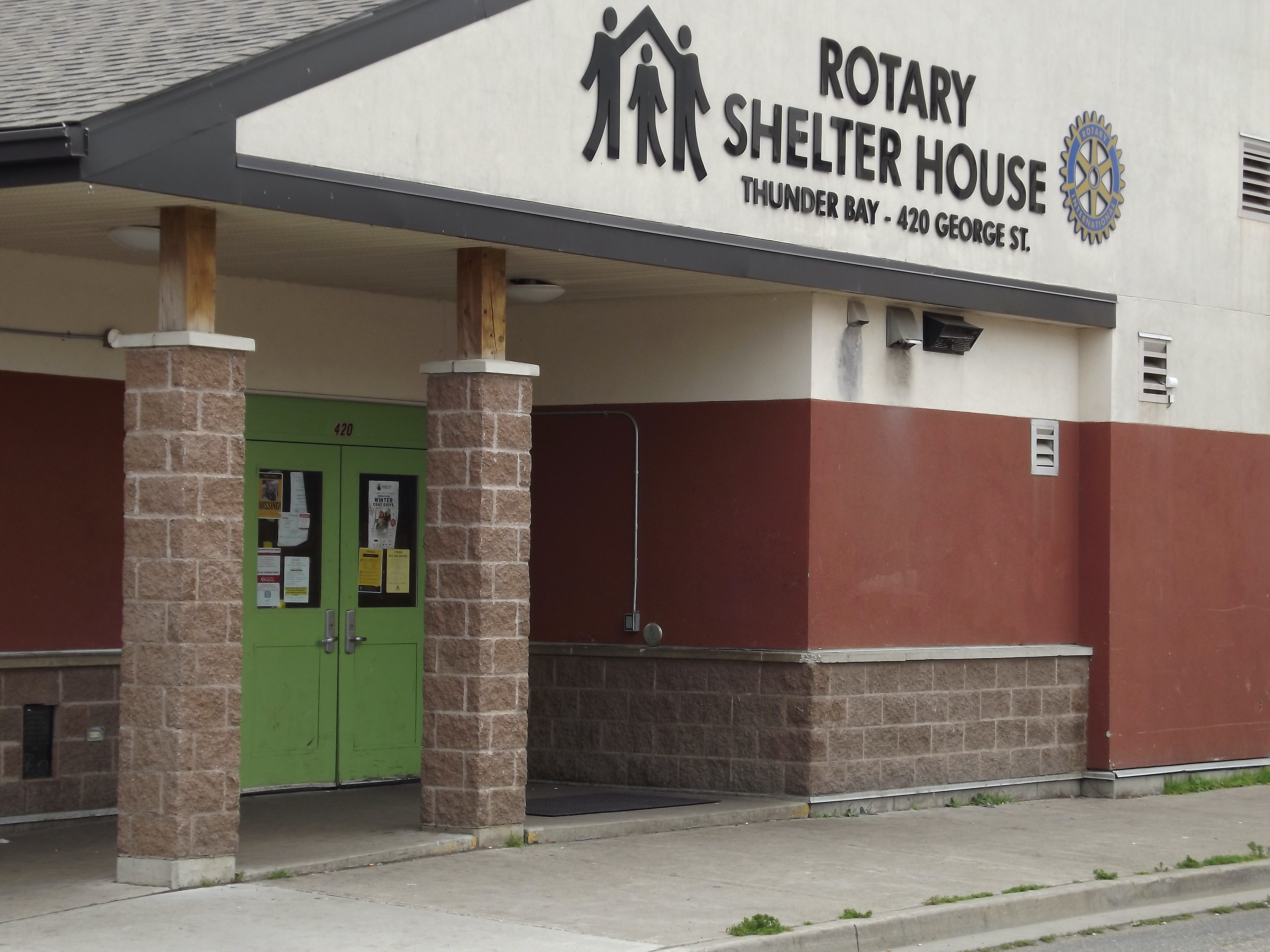Research in Action: Service gaps might be increasing homelessness
Published in The Chronicle Journal, Friday, August 19th, 2022
BY JULIO HELENO GOMES
A study involving Lakehead University and the district’s primary social services agency suggests a majority of the homeless population in Thunder Bay originate from outside the city. As well, a significant number come from beyond the province.
While the reasons aren’t entirely clear, it seems many people are coming to Thunder Bay for social services.
“One of the elements that we’re seeing here are potential service gaps,” says Dr. Ravi Gokani.

“People are travelling to the city for services they would perhaps expect in their home communities.”
Gokani, an Assistant Professor in Lakehead’s School of Social Work, is leading a study to understand why so many of Thunder Bay’s homeless population hail from elsewhere. The partnership with the District of Thunder Bay Social Services Administration Board (TBDSSAB) also involves Lakehead researchers Dr. Rebecca Schiff, Dr. Vijay Mago and Dr. Travis Hay. They received $22,000 from the Social Sciences and Humanities Research Council of Canada’s Partnership Engage Grant.
The TBDSSAB’s interest is to understand the factors that lead to homelessness among those who migrate to the city, in hopes that by identifying trends they can develop strategies to address the issue and reduce the incidence of homelessness across the district.
“If a clearer picture is realized on why some people come to Thunder Bay and then become homeless, then it opens the door to seeking opportunities to avoid the situation,” explains Ken Ranta, the TBDSSAB’s Director of Integrated Social Services. “It may, for example, involve linking newcomers to the city with supports and developing a plan to support their needs.”
The project stems from the TBDSSAB’s 2018 Point-in-Time count of the homeless population in the District of Thunder Bay. Those numbers suggested two out of three people experiencing homelessness migrated from outside the city; 20-per-cent were from outside Ontario. The university researchers are looking to answer a series of questions using mixed methods, including surveys and interviews as well as machine learning models. Elise Agnor, a research assistant with Gokani, completed the shelter surveys. She spoke to more than 100 people who were staying at either Shelter House or Salvation Army. That was followed by one-on-one interviews with 18 individuals to ask more detailed questions about why they came to Thunder Bay, whether they planned on staying, and the barriers to returning to their home community.
Elise Agnor, a research assistant with Gokani, completed the shelter surveys. She spoke to more than 100 people who were staying at either Shelter House or Salvation Army. That was followed by one-on-one interviews with 18 individuals to ask more detailed questions about why they came to Thunder Bay, whether they planned on staying, and the barriers to returning to their home community.
This project fits with Agnor’s interests during her one-year Honours Bachelor of Social Work studies. She graduated in 2017 from Queen’s University with a science degree, majoring in mathematics, so partnering with Mago’s computer science team was ideal in marrying social work and data analysis.
“This was my first time being involved in academic research, and I grew and learned so much throughout my time on the project,” says Agnor, who was employed in the banking industry before returning to the classroom. “My work on the study aligns closely with my career goals to combine my social work education and analytical skills to raise awareness of social issues and drive meaningful change. When all is said and done I hope that my work on the project will provide insight for the community to make evidence-based decisions about programming and resourcing to support people experiencing homelessness.”
Gokani and his team are working with the TBDSSAB on a report to summarize their research. Preliminary findings indicate many people come to Thunder Bay to seek employment, education or to access health care, and because of connections to family or friends. Many come from First Nations reserves in Ontario where such services are not always available. One revelation from the research is that only 21-per-cent of respondents would have safe and permanent housing if they went back to their home communities.
“Overall, people reported not being in good situations prior to coming to Thunder Bay,” Gokani notes. “Coming to Thunder Bay therefore might be influenced by not having safe and permanent housing in their home community.”
The other issue is gaps in service. People may not be able to access educational opportunities or health care in their home communities, so they go where there are services they can utilize.
The other key takeaway is that about half of the people surveyed stayed in a Thunder Bay shelter 34 days or less, while a quarter of people stayed for 13 days or less. In terms of social policy, shorter is usually better.
“In general, we don’t want people to be experiencing homelessness at all,” Gokani says, “but especially if they’re experiencing homelessness due to service gaps in other areas.”
Research in Action highlights the work of Lakehead University in various fields of research.


